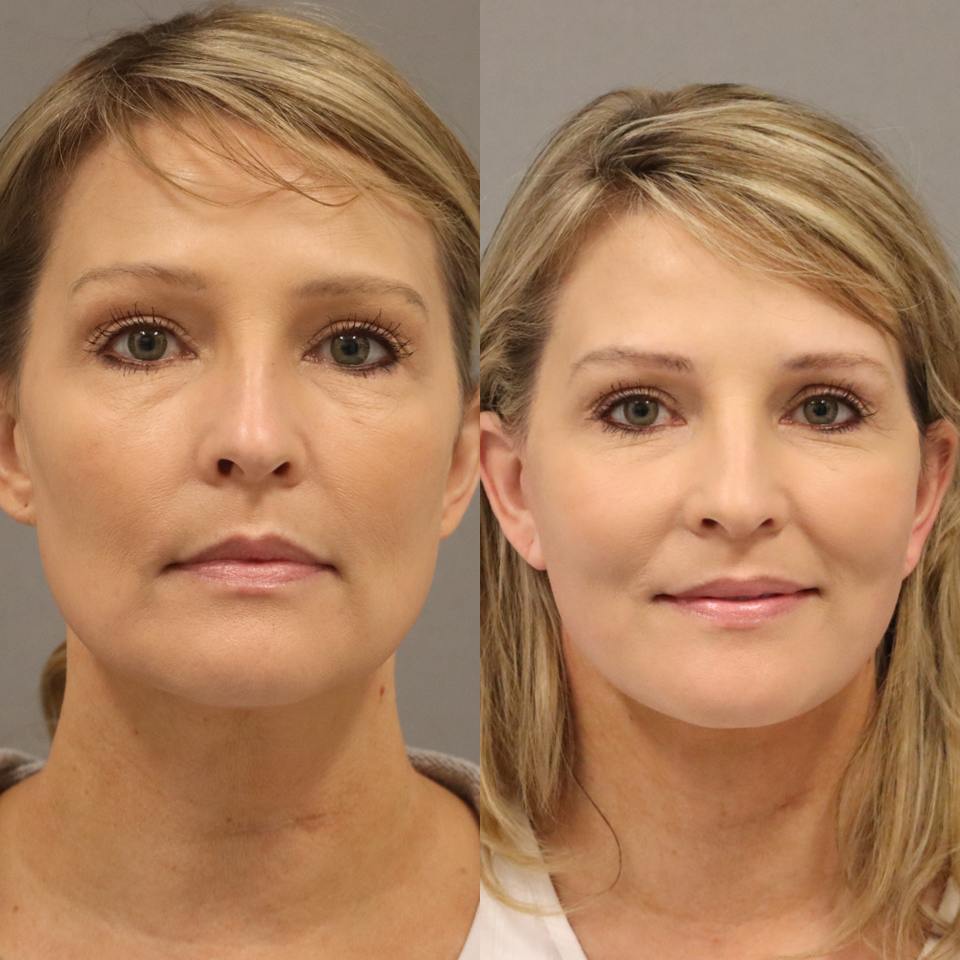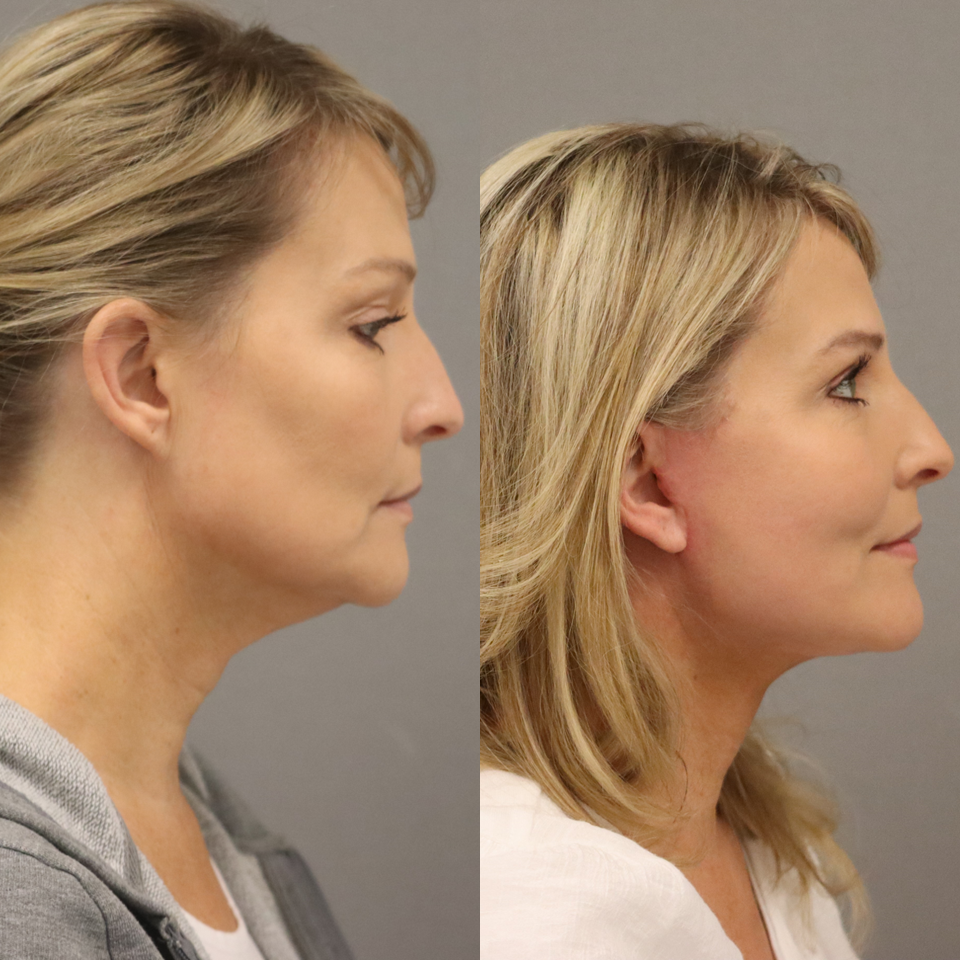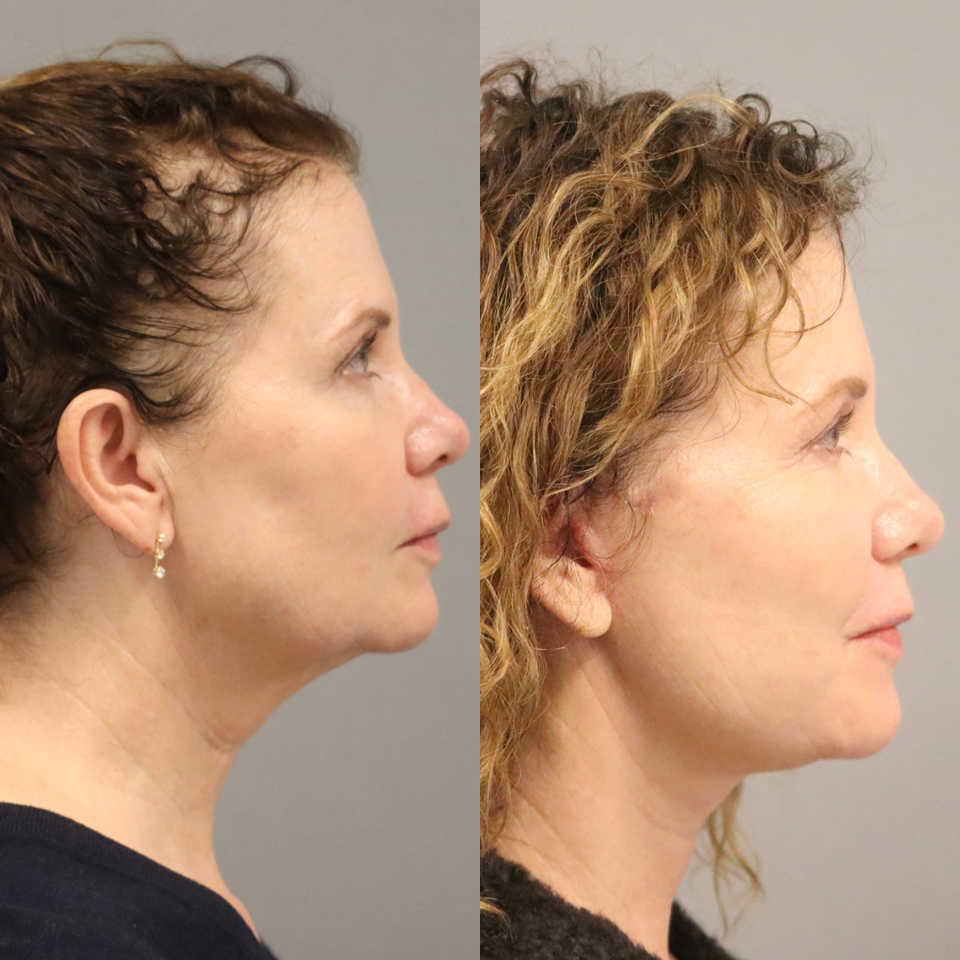Face Lift
A facelift, also known as a rhytidectomy, is a cosmetic surgical procedure that rejuvenates the face and neck by tightening sagging skin and muscles and removing excess fat. The surgery is designed to address visible signs of aging, such as wrinkles, fine lines, and loose skin, that can make a person look older and more tired than they actually are.
During the procedure, incisions are made in inconspicuous places such as behind the hairline and in the natural folds of the skin. The underlying tissue is then lifted and repositioned, excess skin is removed, and the remaining skin is tightened. This can restore a more youthful, rested appearance to the face and neck, with long-lasting results.
-
Anesthesia
General Anesthesia
-
Length of Procedure
3 to 6 Hours
-
Length of Stay
A few hours
-
Discomfort
Mild
-
Recovery
4 to 6 Weeks







